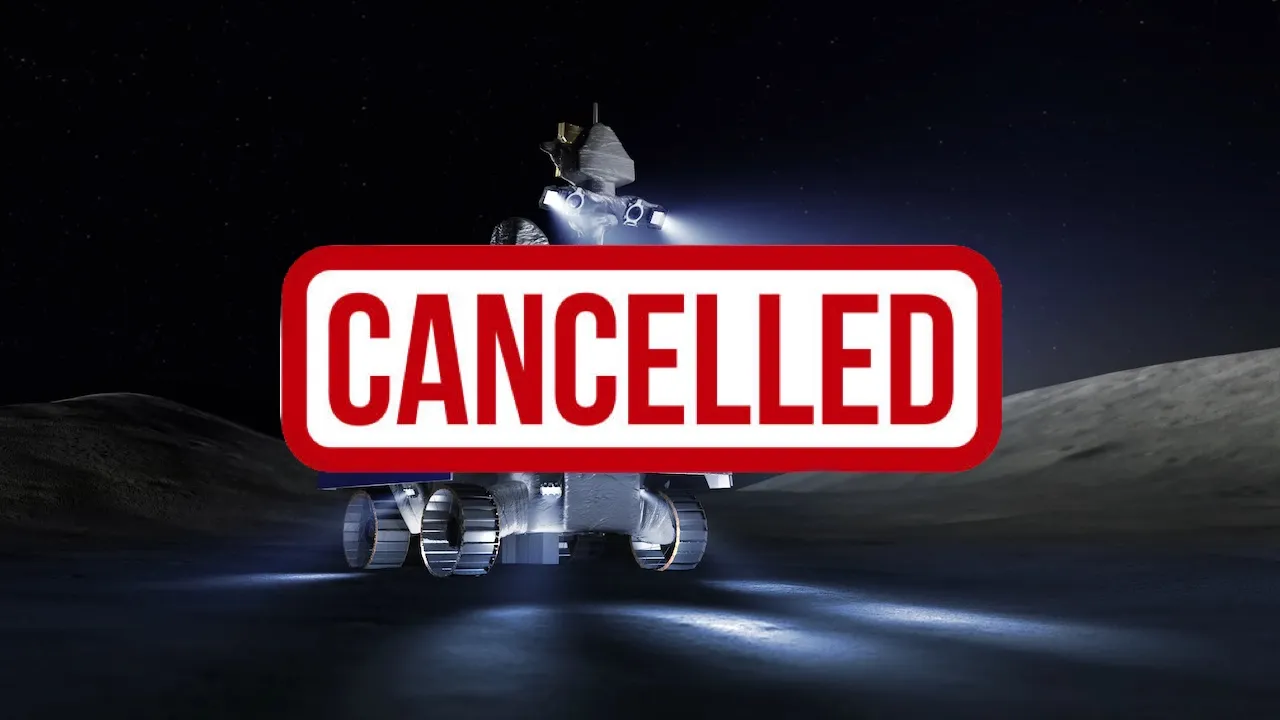In a surprising turn of events, NASA has officially canceled the Volatiles Investigating Polar Exploration Rover (VIPER) mission, a pivotal initiative once poised to unlock the secrets of water ice at the moon’s poles. Initially heralded for its potential to revolutionize our understanding of lunar resources, VIPER’s cancellation has now thrown a wrench into the gears of NASA’s broader Commercial Lunar Payload Services (CLPS) program.

Balancing Costs and Missions: The Ripple Effect of VIPER’s Cancellation
The decision, rooted in concerns over escalating costs and looming schedule delays, has necessitated a strategic reassessment of NASA’s lunar exploration priorities. Nicky Fox, NASA’s associate administrator for science, articulated the crux of the issue during a media briefing, stating, “The projected remaining expenses for VIPER would have resulted in either having to cancel or disrupt many other missions in our Commercial Lunar Payload Services line.” This revelation underscores the intricate balance of budgetary constraints and mission objectives that govern space exploration endeavors.
Projected Impacts and Operational Adjustments
Further elaborating on the consequences of continuing with VIPER, NASA outlined multiple scenarios in a detailed response to the House Science Committee. Under one scenario, VIPER’s continuation would necessitate the cancellation of one CLPS mission and delay another by a year, with estimated additional expenditures on VIPER and its intended Griffin lander soaring to $124 million.
A more drastic scenario projected even greater disruptions—cancellation of up to four CLPS missions and significant delays to others, compounded by an estimated $550 million in unforeseen expenses should VIPER pursue alternative launch methods deemed “highly proprietary.”

Technical Setbacks and Strategic Pivots
Despite the technical achievements, including successful environmental tests of the rover, the overarching challenges of timing and budget have led NASA to explore alternative futures for VIPER. Anthony Colaprete, VIPER’s project scientist, reflected on the testing phase with optimism, remarking at a recent Lunar Exploration Analysis Group meeting, “Everything looks great so far.” This sentiment highlights the dichotomy between technical success and strategic feasibility.
Exploring New Horizons: NASA’s Search for Commercial and International Partners
In the wake of the cancellation, NASA has shifted its focus towards collaboration, extending opportunities for VIPER’s revival through partnerships with commercial entities and international space agencies. The initial call for expressions of interest drew a diverse range of proposals, from established aerospace firms to private enthusiasts, indicating robust interest in the mission’s potential.
Following a more formal solicitation, NASA is currently evaluating 11 detailed proposals, with plans to chart a course forward by early 2025. The agency’s proactive engagement with international partners, including discussions with space agencies from Australia, Germany, Israel, and Japan, further exemplifies a commitment to leveraging global expertise and resources.

The Future of Lunar Exploration: From VIPER to Artemis and Beyond
While the cancellation of VIPER represents a setback, it also opens the door to integrating its scientific instruments into other lunar projects, such as the Lunar Terrain Vehicle and the larger pressurized rover being developed with JAXA. These initiatives, part of the broader Artemis program, aim to establish a sustainable human presence on the moon by the end of the decade, highlighting NASA’s strategic pivot from robotic to crewed exploration.
Reevaluating the Moon’s Commercial and Scientific Value
The debate over VIPER’s cancellation extends beyond logistical challenges, touching on broader implications for lunar science and commercialization. Critics, including Brent Sherwood of the American Institute of Aeronautics and Astronautics, argue that VIPER was crucial for validating the moon’s potential resources. At a panel discussion, Sherwood emphasized the importance of empirical data: “Let’s go find out what it is that we think makes the moon worthwhile at all. Let’s get the data. Until we have the data, everything else is just talk.”

NASA’s decision to cancel the VIPER mission, while financially driven, poses significant questions about the future of lunar exploration and the balance between scientific ambition and fiscal prudence. As the agency navigates these turbulent waters, the global space community remains keenly attentive to the next steps, which will undoubtedly influence the trajectory of our lunar aspirations for years to come.










